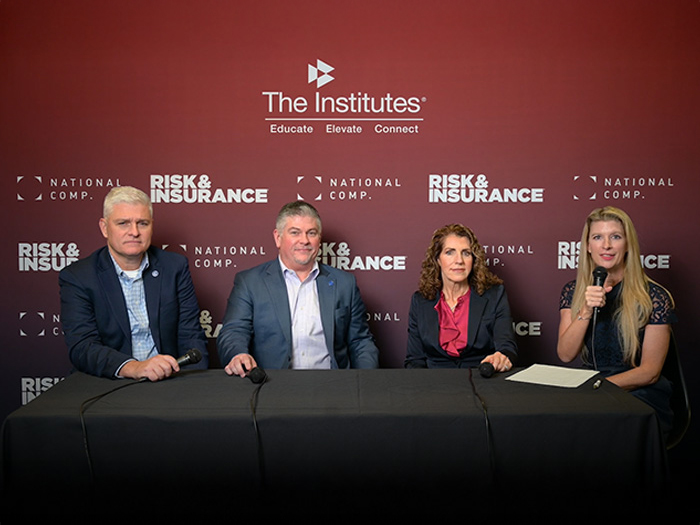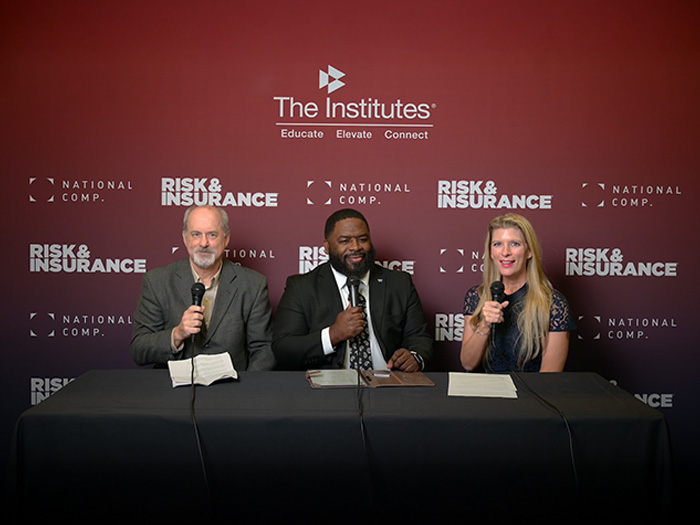Risk Insider: Dave Hook
FAA: Do Your Job
It is time for the U.S. Federal Aviation Administration to stop dancing around its duties by sending out policy and guidance documents and issue the aviation industry some well-considered UAV regulations.
The FAA earlier this month released a document to local law enforcement agencies providing guidance on how to handle investigations concerning suspected unauthorized unmanned aircraft systems operations.
The document identifies the legal authority for the FAA to regulate all aircraft within the U.S. National Airspace System. The regulated aircraft range from the very large aircraft that carry passengers and cargo all the way down to model aircraft flown by hobbyists for recreation.
The antediluvian document that provides guidance for unmanned flight operations is FAA Advisory Circular 91-57 Model Aircraft Operating Standards, dated June 9, 1981. In this circular, the FAA established the minimum standards which unmanned aircraft hobbyists have followed ever since.
These standards are using good judgment, flying in unpopulated areas, climbing no higher than 400 feet above the ground, giving way to full-sized aircraft, and notifying an airport operator or control tower in advance of flying closer to three miles of the airport. Note that there is some confusion with this distance as the FAA’s webpage now states the airport distance is five miles, contradicting AC 91-57.
Of particular note in the latest guidance for law enforcement is the requirement for all unmanned aircraft, including model aircraft, to be flown in compliance with any airspace restrictions required for national security. This means that remote-controlled airplane and helicopter flyers must review the FAA’s Notices to Airmen, or NOTAMS, prior to flying.
More specifically, they must be familiar with any airspace restrictions, known as Temporary Flight Restrictions or TFRs. This requirement is absent from the FAA’s long-standing guidance.
Licensed aviators know to review NOTAMs before each flight. Flight instructors teach this requirement in ground school and reinforce it with each training flight.
However, there is no ground school and flight instruction required before flying that freshly unwrapped birthday or holiday gift. So when Little Jonny takes his fully-charged remote-controlled helicopter down to the unused hometown baseball field, is he going to be rolled up and booked by law enforcement for flying when the President of the United States drops into his town for a last-minute visit?
Who taught Little Jonny to check the NOTAMS?
Even more puzzling, who taught Little Jonny or his mom and dad how to read and decipher the cryptic text of a National Security NOTAM?
The intent behind this latest FAA communique seems to be for keeping unauthorized commercial use of UAVs in check by leveraging the long arm of local law enforcement, not tossing Little Jonny and his folks in the hoosegow.
However, the weave of the FAA’s guidance-in-lieu-of-regulation is too fine and nets both whales and minnows. It is the unintended consequences of such guidance that creates risks both to legitimate, law-abiding aviation operators and unforeseen exposures to the insurers who underwrite the flyers.
Read all of Dave Hook’s Risk Insider articles.










